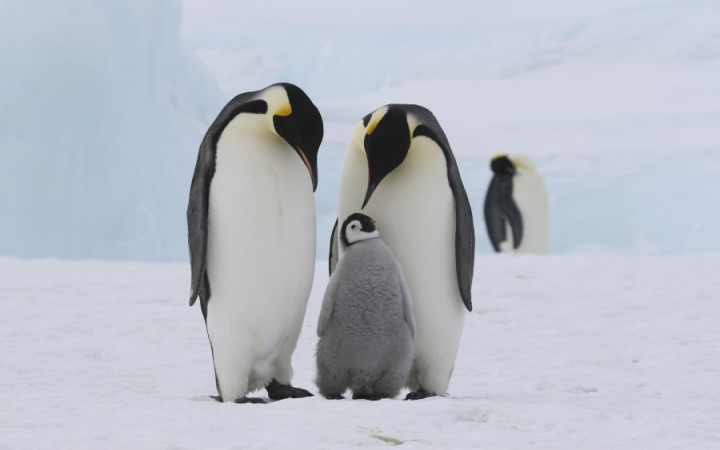Today’s Wonder of the Day was inspired by Brody from Vincennes, IN. Brody Wonders, “Do penguins have knees” Thanks for WONDERing with us, Brody!
As you dock your ship at the edge of the floating mass of ice, you scan the horizon for signs of life. You can't wait to hit the ice and get started exploring this cold, frozen world. Suddenly your binoculars focus in on movement.
What could it be? As your eyes strain to make sense of the blurry motion, you realize you've found a large group of flightless birds that are all dressed up and ready to greet you. What are we talking about? Penguins, of course!
Wouldn't it be cool to explore the frozen edges of the world and spend some time with penguins? They're super cute, especially since their coloring makes them look like they're wearing tuxedos.
In addition to their dapper appearance, you can also recognize penguins immediately by their tell-tale gait. As they make their way across the ice, they waddle along, seeming to take their time without a care in the world.
If you've ever watched a penguin waddle, you may have WONDERed: do penguins have knees? After all, if you didn't have knees, you'd probably waddle, too!
If you were to x-ray a penguin's legs, you would discover that penguins do indeed have knees! In fact, a penguin's leg is made up of four parts: a femur, knee, tibia, and fibula — the same bones you have in your leg!
Why do their legs look so short then? It's a bit of an optical illusion, because a penguin's upper legs are hidden by their feathers.
So penguins do have knees. And their legs are longer than they look, because the upper parts are hidden by feathers. Why would they waddle then, if they have knees?
That question puzzled scientists for quite a while. Most scientists today believe that penguins waddle because their legs were designed to help them swim faster.
If you look closely at a penguin's legs, you'll notice that they're set far back on the body. This makes it more difficult to walk on land, as it requires more energy to move quickly. Also, penguins walk on the soles of their feet instead of their toes like other birds. As a result, waddling helps penguins to maximize their momentum while using the least amount of energy.
Since penguins spend as much as 75% of their time in the water, their bodies have evolved to be able to move quickly through the water. They use their tails and feet as rudders, and their flippers act much like wings do on other birds — essentially, penguins "fly" through the water!





